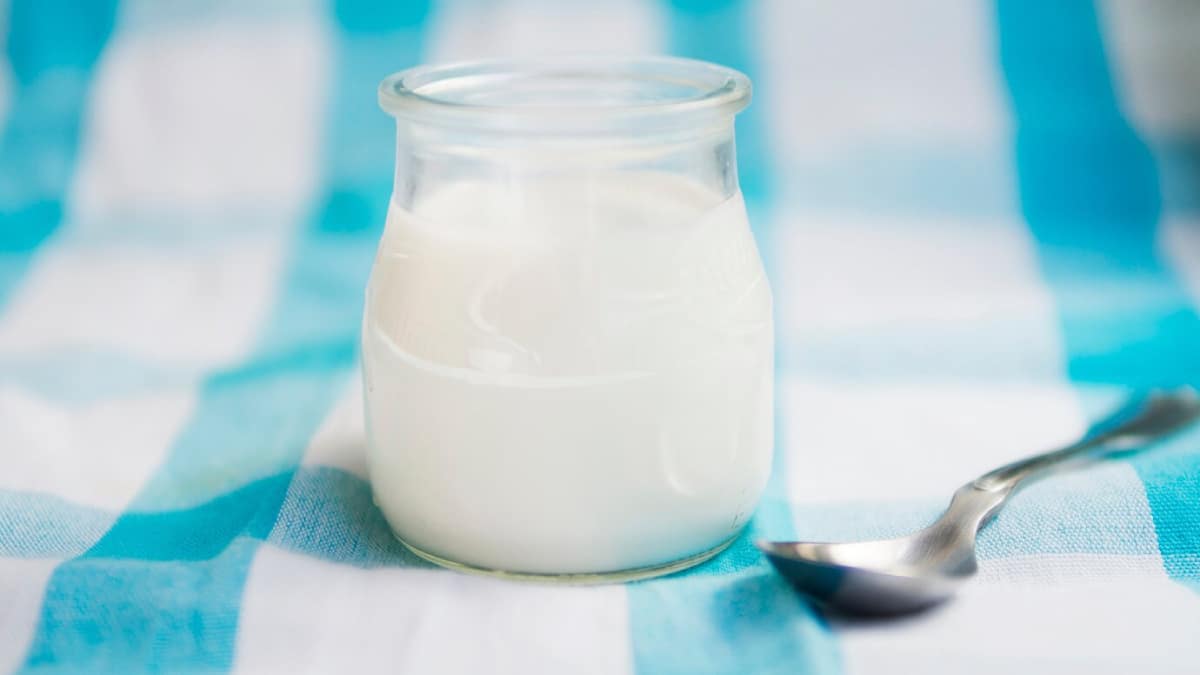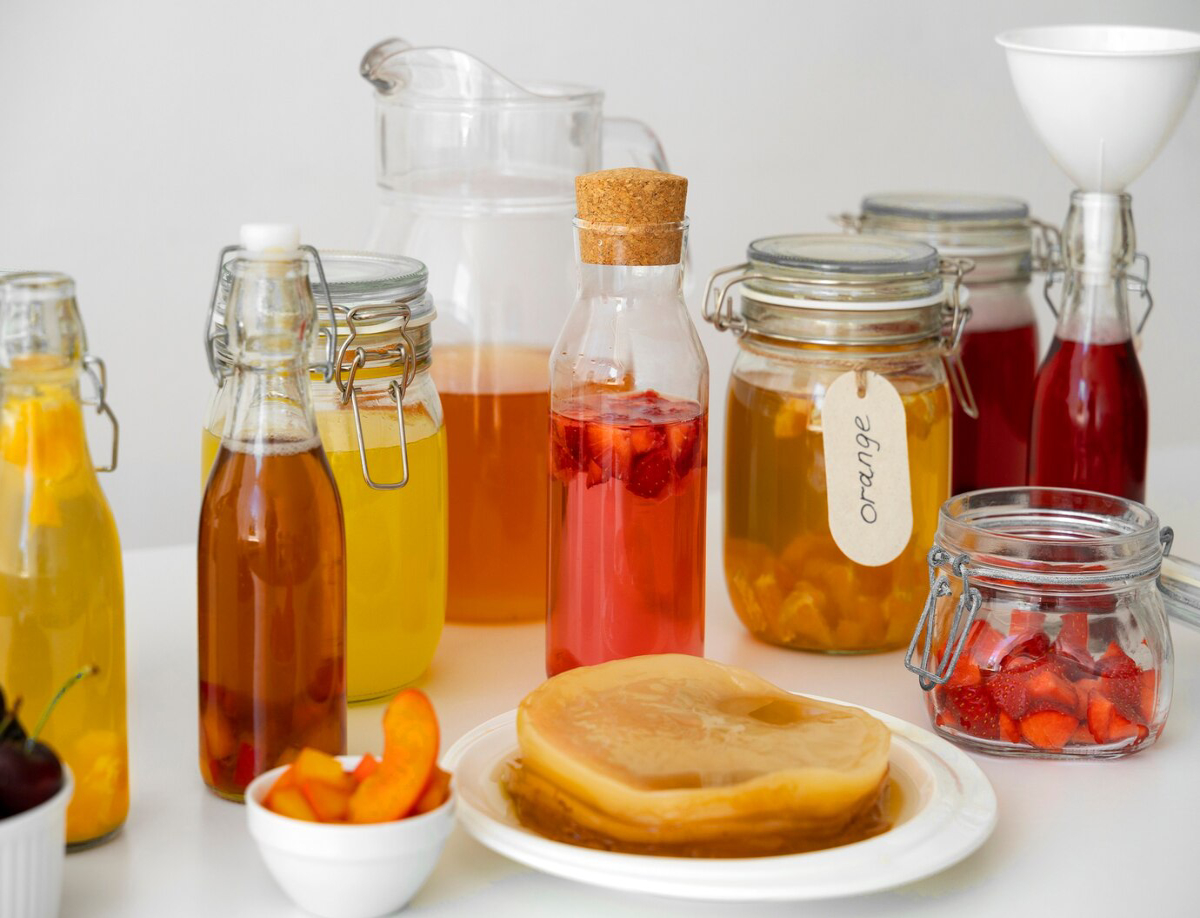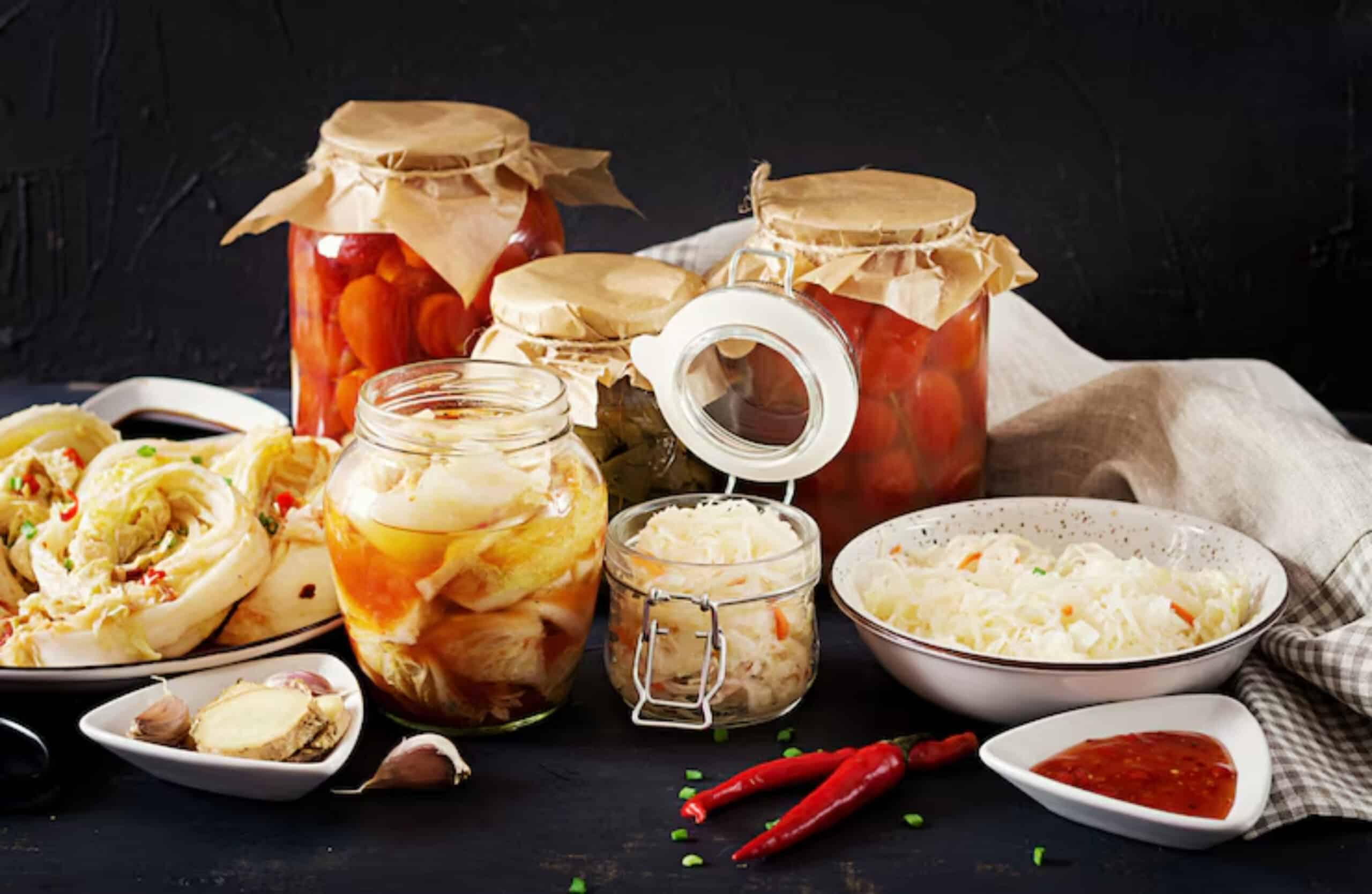
How to Incorporate Fermented Foods into Every Meal
Fermented foods are rich in probiotics, which support a healthy gut, aid digestion, and may boost your immune system. The best part? It’s easy and delicious to include them throughout your day.
This guide explains how to choose daily probiotic foods, gives ideas for meal planning fermented dishes, and suggests creative ways to use fermented foods with minimal effort.
Pro Tip: A small daily serving of fermented foods is better than eating large amounts irregularly.
Quick Guide: Benefits of Fermented Foods
- Support healthy gut bacteria
- May boost immune health
- Help with digestion and nutrient absorption
- Add unique flavours and textures to meals
- Naturally preserve foods without additives
Important: Always start slowly with fermented foods to give your digestive system time to adjust.
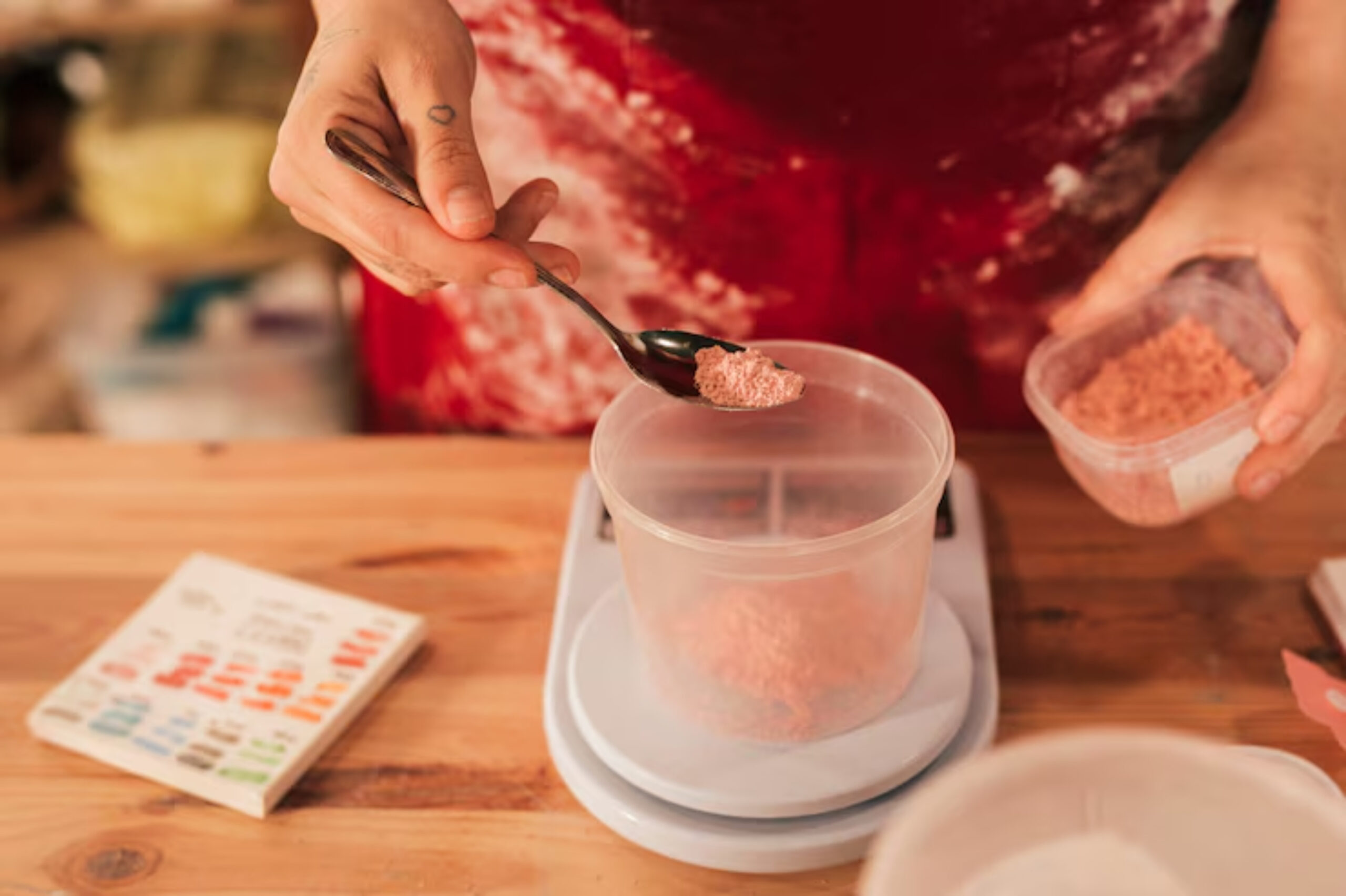
Step-by-Step: How to Add Fermented Foods to Every Meal
Step 1: Start with Breakfast
Adding fermented foods at breakfast sets the tone for the day.
| Food | How to Use |
| Yoghurt (unsweetened) | With fruit, granola, or nuts |
| Kefir | As a smoothie base or on its own |
| Miso | Stir into warm (not boiling) water for a savoury morning drink |
| Fermented oats | Soak oats overnight with a spoonful of kefir |
Quick Tip: Choose plain, live culture products for the highest probiotic content.
Step 2: Boost Lunch with Fermented Sides
Adding fermented sides enhances flavour and nutrition.
| Food | Meal Ideas |
| Sauerkraut | Tuck into sandwiches or wraps |
| Kimchi | Pair with rice bowls or salads |
| Pickled vegetables | Serve alongside soups or grain bowls |
| Fermented salsa | Spoon over baked potatoes or tacos |
Pro Tip: Keep a jar of sauerkraut or kimchi in your fridge for a quick lunchtime boost.
Step 3: Add Fermented Ingredients to Dinner
Dinner is the easiest meal to incorporate fermented flavours.
- Stir miso paste into soups, stews, or sauces
- Add a spoon of kimchi or fermented pickles to any plate
- Use tamari or naturally brewed soy sauce for flavouring
- Include a small serving of natto (fermented soybeans) with rice
Dish Fermented Addition Stir fry Splash of tamari Roast vegetables Top with fermented salsa Rice or noodle bowls Add a small side of kimchi or pickled radishes Quick Tip: Never boil fermented foods, as heat destroys probiotic benefits. Add them at the end of cooking.
Step 4: Include Fermented Snacks
Snacks are a great opportunity to increase your probiotic intake.
- Munch on naturally fermented pickles
- Enjoy plain yoghurt with fruit or seeds
- Sip on kombucha as a refreshing alternative to soft drinks
- Spread cream cheese made with cultured dairy on crackers
Pro Tip: Look for products that list “live cultures” or “raw” on the label.
Already enjoying quick projects? Check out Quick Ferments You Can Make in 24 Hours for rapid results.
Step 5: Drink Fermented Beverages Throughout the Day
Fermented drinks hydrate and nourish.
Beverage Benefit Kombucha Tangy, sparkling tea with probiotics Water kefir Mild, slightly sweet probiotic drink Milk kefir Creamy, tangy cultured milk beverage Kvass Fermented beet or rye drink (less common but nutrient-rich) Sustainability Note: Make your own kombucha or kefir at home to reduce packaging waste.

Meal Planning for Fermented Foods
Build a Simple Daily Plan
Meal Fermented Option Breakfast Yoghurt with granola Morning snack Kombucha or water kefir Lunch Sandwich with sauerkraut or pickles Afternoon snack Plain yoghurt with fruit Dinner Rice bowl with kimchi and tamari drizzle Quick Tip: Keep your servings small (1–2 tablespoons at a time). Too much at once can cause digestive upset.
Batch Prepare Fermented Foods
- Make a large jar of sauerkraut or kimchi to use throughout the week
- Prepare yoghurt or kefir at home to save money
- Store fermented vegetables in glass jars in the fridge for convenient access
Pro Tip: Label jars with preparation dates to track freshness.
Common Mistakes to Avoid
Mistake Solution Overheating fermented foods Add them after cooking Eating too much at once Start with small portions Choosing pasteurised products Look for “raw” or “unpasteurised” labels Ignoring variety Try different ferments for diverse probiotics Using flavoured yoghurts Choose plain for fewer additives and more live cultures Frequently Asked Questions
How much fermented food should I eat each day?
A few tablespoons (or a small cup of fermented drink) per meal is enough.Are fermented foods safe for everyone?
Yes, in general. Those with weakened immune systems or certain health conditions should consult a doctor.Do fermented foods taste strong?
Some do (like kimchi); others, like kefir and yoghurt, have milder flavours. Start with what appeals to you.Can I ferment foods at home?
Absolutely! Many people make sauerkraut, yoghurt, kefir, and kombucha at home.Do store-bought products have the same benefits?
Only if they are labelled “live cultures” or “unpasteurised.” Pasteurised versions do not contain probiotics.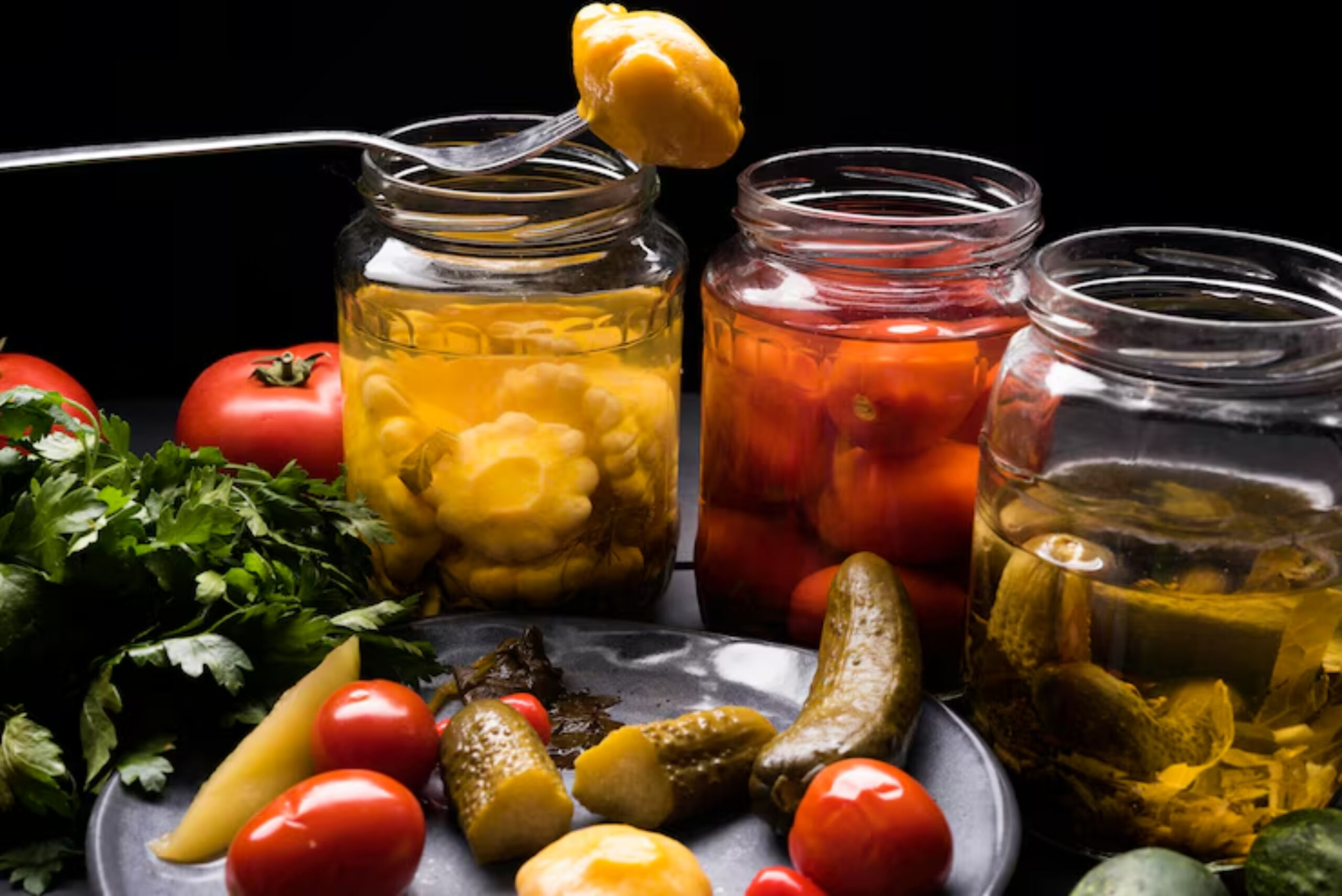
Enjoy Fermented Flavours Every Day
Incorporating daily probiotic foods doesn’t have to be complicated. By following this meal planning fermented guide, you can easily use fermented foods to support gut health and add bold, delicious flavours to every meal.
Be creative. Start small. Enjoy the power of fermented foods.
Want to turn your bug into soda? Learn how in Sparkling Fermented Fruit Sodas.
